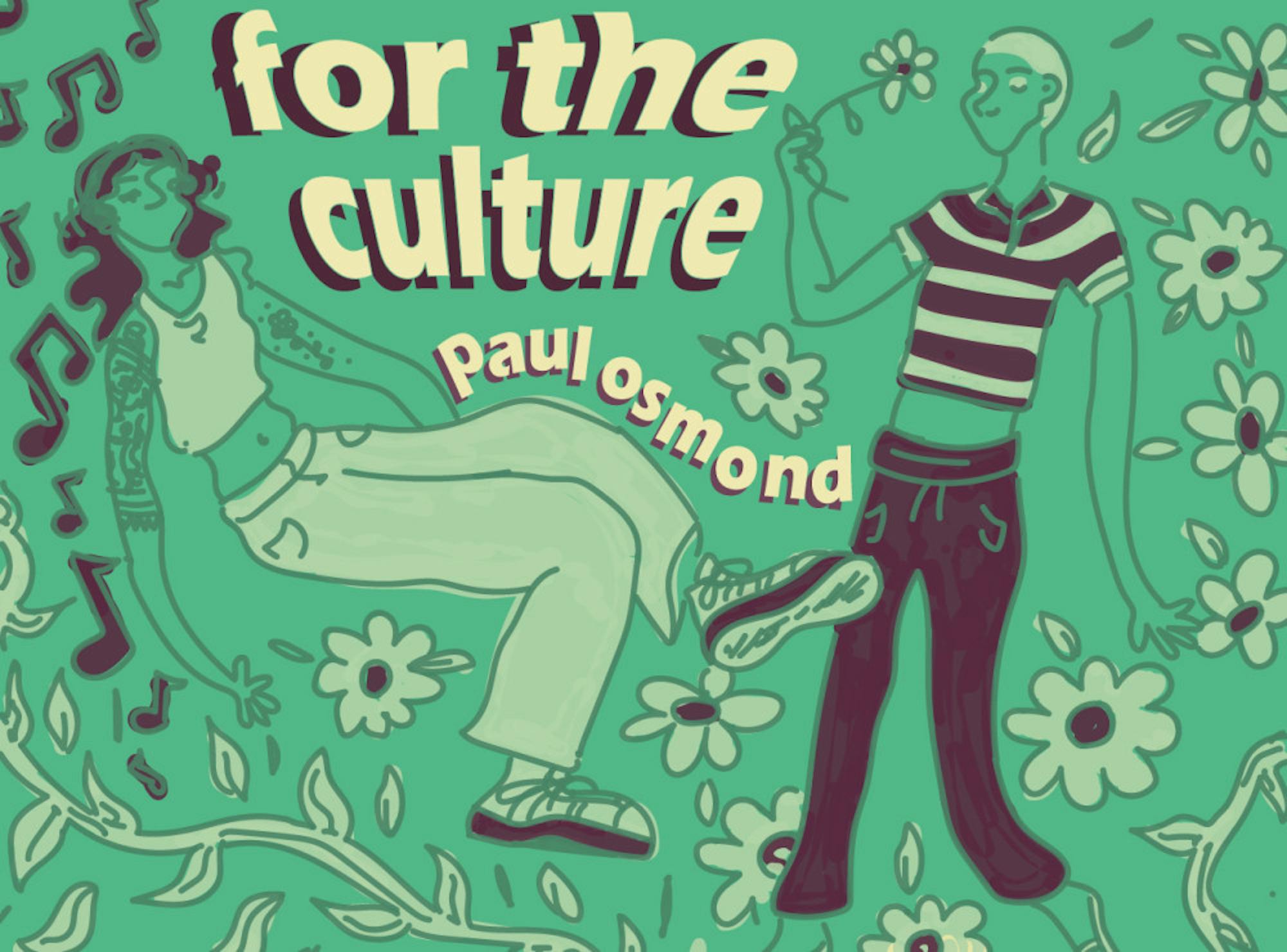Nearly eight months ago, my brother introduced me to a musician who had just signed with Travis Scott’s Cactus Jack Records: SoFaygo. Although his music has not left my ears since, it is his fashion that has interested me most. Like Jaden Smith and Young Thug, who are other gender-bending fashion influences in rap, SoFaygo is one of the newest artists to bring feminine fashion to an otherwise hypermasculine genre. SoFaygo embodies an uncanny rise of music and fashion that subvert the gender norms of both schools.
Rapping since he was nine years old, SoFaygo belongs to “PluggnB” — an alternative genre originating from the music-sharing platform Soundcloud before Lil Tecca, Roddy Ricch and SoFaygo brought it more into mainstream music. PluggnB relies on heavy 808s and busy, sharp percussion underscored by soulful melodies and fluttering high-tempo bars to create a fusion of trap, rap and R&B.
Although singing is not limited to female artists, or rap to male ones, there was previously an obvious disparity in hip-hop; in many songs, female artists sang hooks while male artists rapped bars (see nearly all of Beyoncé and Jay-Z’s collaborative catalog). Until the late 2000s with Drake, it was quite rare to see male artists cross indiscriminately (and smoothly) between singing and rapping, and vice versa for female rappers. However, SoFaygo, among other PluggnB artists, combines the two — the ostensibly “feminine” singing and “masculine” rapping.
Accompanying their gender-fusing music, PluggnB artists have developed wardrobes that reflect today’s androgynous fashion and coalesce with classic rap style. In addition to rocking bright, flamboyant colors, some artists wear tighter tops and skin-tight skinny jeans and dye their hair bright colors. Yet, they keep their giant Cuban-link chains and “iced out” Patepk Philippe's. Moreover, many paint their fingernails, which are dripped with VVS-diamond rings. Even their on-stage presences combine the traditional on-stage rapping presence with once-“feminine” routines — screaming, shouting and forceful gesticulations accompany softer dance moves like Lil Uzi Vert’s “shoulder roll.”
What I noticed most, however, was a movement toward emulating Black drag with outrageous on-stage performances, eccentric behavior, and a fusion of classic and modern, masculine and feminine, hard and soft. Now, this has not necessarily been absent in hip-hop, but it is certainly wonderful to see a subgenre emerge that strongly embodies this previously persecuted behavior. It represents a subtle level of progress that these PluggnB artists have disrupted established norms that can sometimes veer into homophobia and misogyny.
I find it demonstrates how music genres, musicians and their music tie so heavily into fashion and culture that the two spheres seem almost inseparable. Rock, punk and even pop music all have their own distinct fashion and culture that represent something. For heavy metal, it's a subversion of traditional standards, and for R&B an appreciation for the intimate. For PluggnB, it's a coalescence of femininity and masculinity, and one that reflects the music itself.






